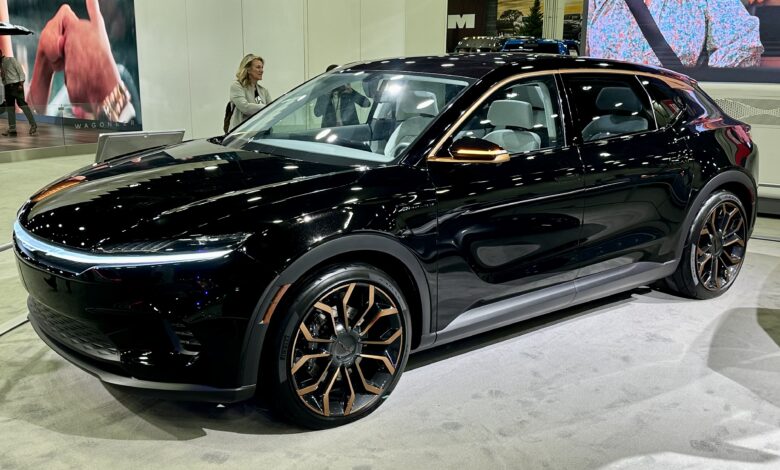
As the auto industry shifts towards electrification, Stellantis (FCA US, LLC) has been actively promoting a range of all-electric vehicles over the past couple of years. However, to date, none have reached the market. One of the more promising models was the Chrysler Airflow Graphite Concept, unveiled in New York in April 2022.
This concept followed the Airflow Concept, showcased at CES in early 2022. It came a few months after the announcement that Chrysler would transition to an all-electric brand by the mid-2020s, raising questions about the future of this beloved blue-collar luxury brand after the discontinuation of the Chrysler 300 by year-end, leaving only the Pacifica minivan in its 2024 lineup. This is a significant shift from the nine nameplates it had in 2007.
Earlier this year, Ralph Gilles, Head of Stellantis Design, mentioned on Instagram that the Chrysler Airflow Concept wouldn’t make it into production in its current form. He stated, “The Airflow was just the beginning of the story, a North star type of concept embodying a myriad of concepts we are cooking up with the extended and now even more capable Stellantis apparatus!” Gilles further added, “Along with electrification, we explored advanced infotainment, whole life connectivity, sustainable cabin materials, while, as its namesake underscores…explored the fusion of attractive bodywork versus aerodynamics, exploring fully automated and assisted driving configurations.”
Despite the significant investment and buzz around the Airflow Concept, this was disheartening news for Chrysler enthusiasts who were hoping for a new product from the automaker, especially considering that the last all-new product, the Pacifica, made its debut in 2016 as a 2017 model.
To everyone’s surprise, during a visit to the Stellantis exhibit at the North American International Auto Show (NAIAS), the Chrysler display featured only four items: a Chrysler Pacifica Hybrid Touring-L, the impressive Chrysler 300C, the Chrysler Synthesis demonstrator from CES earlier that year, and the Chrysler Airflow Graphite Concept.
Boasting a Galaxy Black exterior with Cyprus Copper accents both inside and out, the latest Airflow Graphite appears more refined than its competitors and seems poised to compete with vehicles from Tesla rather than Ford and General Motors (GM). The Cyprus Copper accents enhance the top of the panoramic glass roof as well as select surfaces of the 22-inch wheels, lending the vehicle a much more upscale appearance.
Built on the STLA Large architecture, which will underpin several new vehicles, including the next-gen Dodge Charger, Jeep® Recon, and Wagoneer S, the Airflow features an elegant, clean D-segment crossover body that accommodates five passengers and offers weather-capable all-wheel drive (AWD). It is powered by two 150 kW (201 horsepower) electric drive motors (EDMs), one in the front and one in the rear, resulting in a combined output of 402 horsepower. Chrysler stated that the Airflow Concept could achieve a maximum range of up to 400 miles on a single charge.
While I lean towards plug-in hybrids rather than all-electric vehicles, the Airflow is undeniably breathtaking in person. Compared to other American brands that have produced products directly competing with the Airflow, Airflow would have stood out.
Chevrolet’s new Blazer EV appears more reminiscent of something from a Korean automaker with its edgy styling. The Blazer EV offers only 320 miles of range in a 5-passenger crossover with an AWD layout, similar to the Airflow. A high-performance model, the Blazer SS EV, is in production, boasting 557 horsepower and capable of a mid-4-second 0 to 60 mph time. However, the Blazer EV has faced controversy, as with all-electric vehicles and growing inflation, the initially announced price has risen by $11,000 over what was initially communicated to customers, placing the new entry-level model at a starting price of $53,195.
On the other hand, Ford, which produces a similarly laid-out vehicle under the Mustang name – the Mustang Mach-E, introduced a new performance model in Detroit. The Ford Mustang Mach-E Rally is the first-ever rally-inspired EV from Ford, entering a new segment of the market. It features a tuned version of the Mustang Mach-E GT powertrain, with a two-motor layout targeting at least 650 lb.-ft. of torque and 480 horsepower. The Rally is more focused on performance than efficiency, offering a range of just 250 miles from a 91 kWh usable lithium-ion battery. It includes a raised and tuned MagneRide suspension, Oxford White 19-inch alloy wheels, a dramatic rear spoiler, underbody shielding, and a purposeful front fascia housing LED fog lamps to set itself apart from other Mach-E models.
The standard Mustang Mach-E boasts a range of 312 miles with AWD and starts at around $43,000. However, this price can easily climb to over $60,000 if you opt for the GT model. With the GT model, you gain significantly more power, achieving a 0 to 60 time of 3.8 seconds, but the range drops to just 270 miles.
It would have been wonderful to see the Airflow progress into production, particularly in a form close to the Airflow Graphite. The concept introduced new design elements, including a new winged Chrysler badge, and overall appeared very production-ready. Now, if Stellantis could only bring some form of all-electric vehicle to the market beyond the Fiat 500e city car in the North American market, the industry might start taking the Chrysler brand seriously once again.

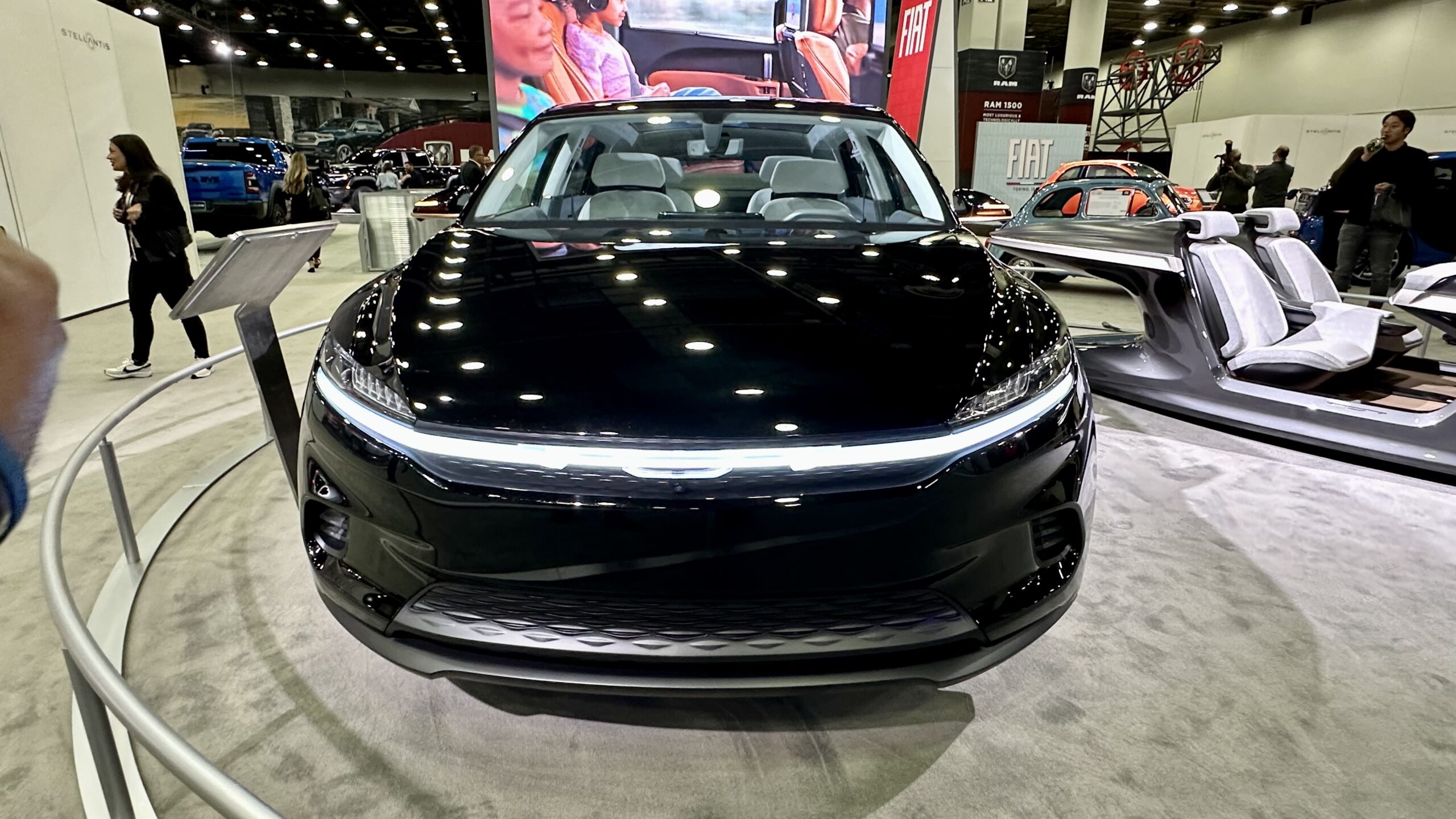
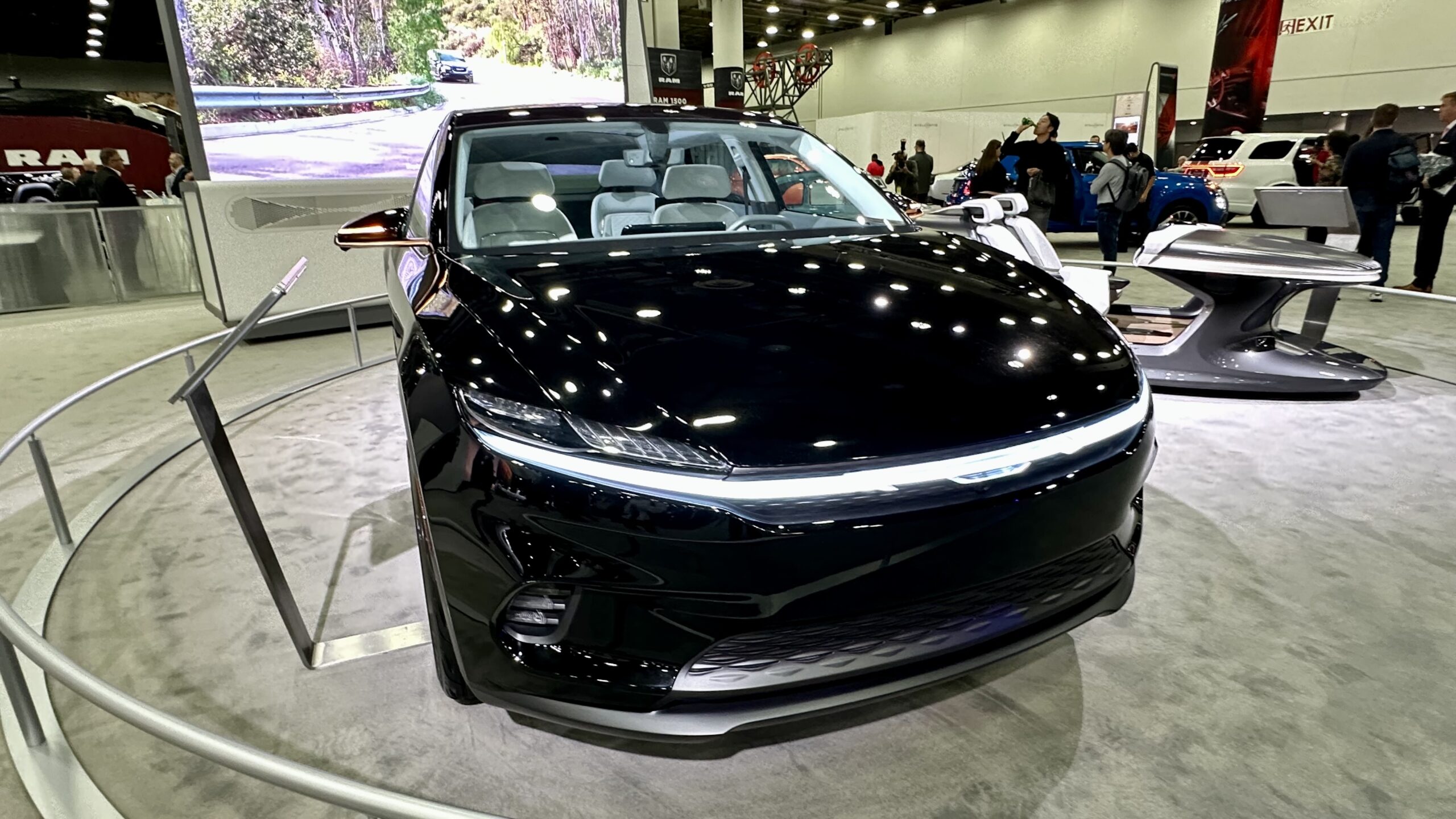

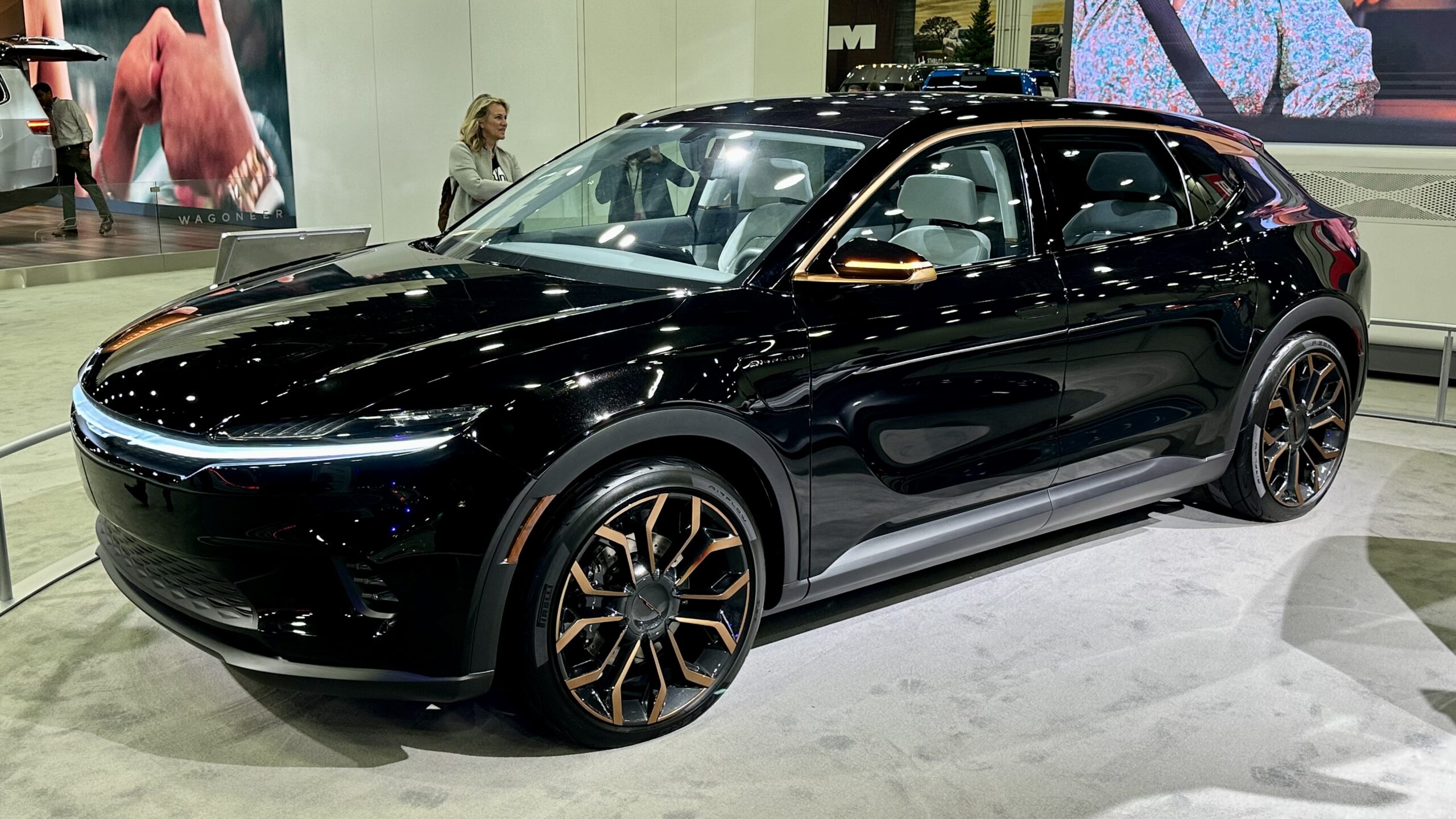
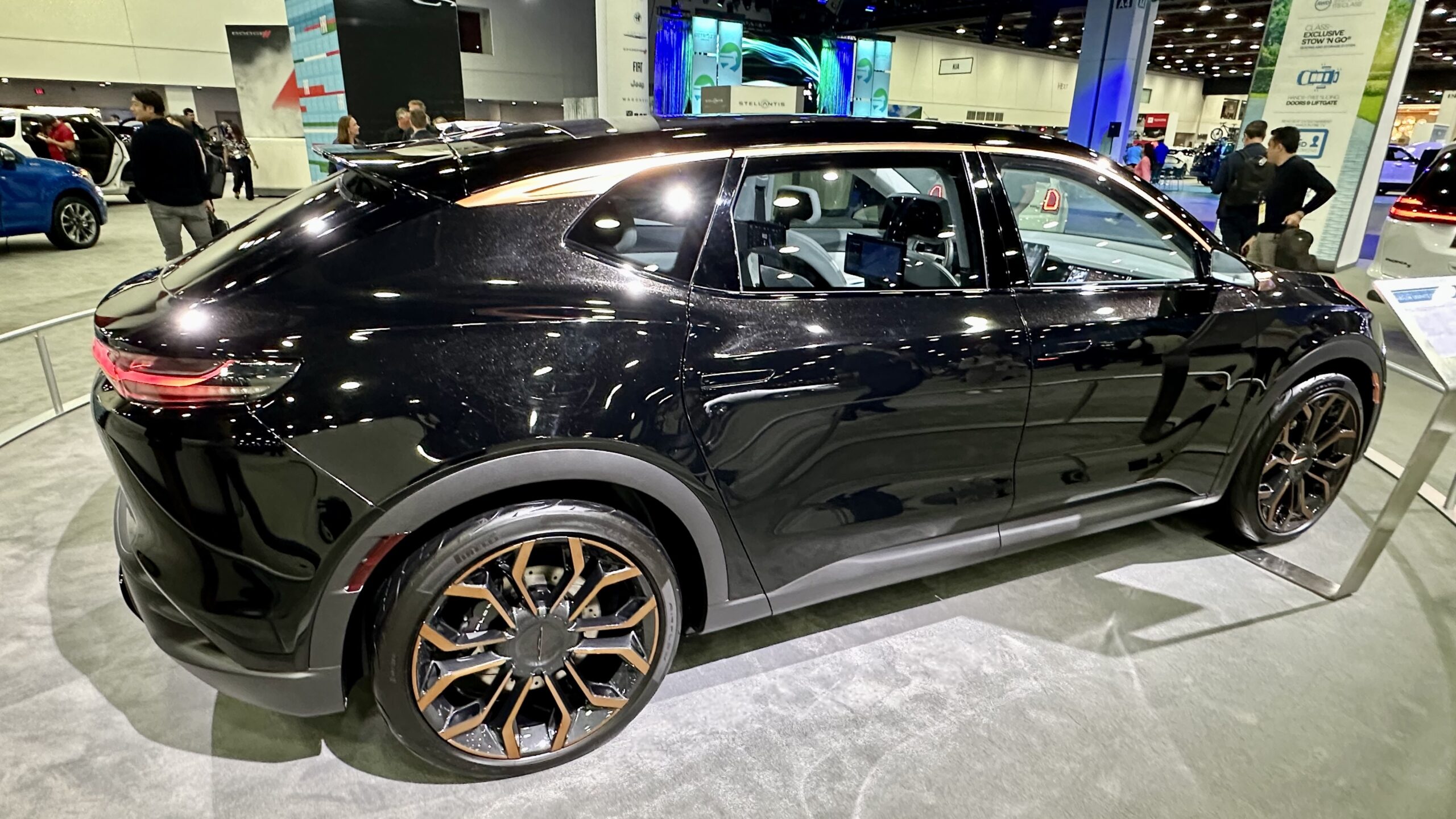
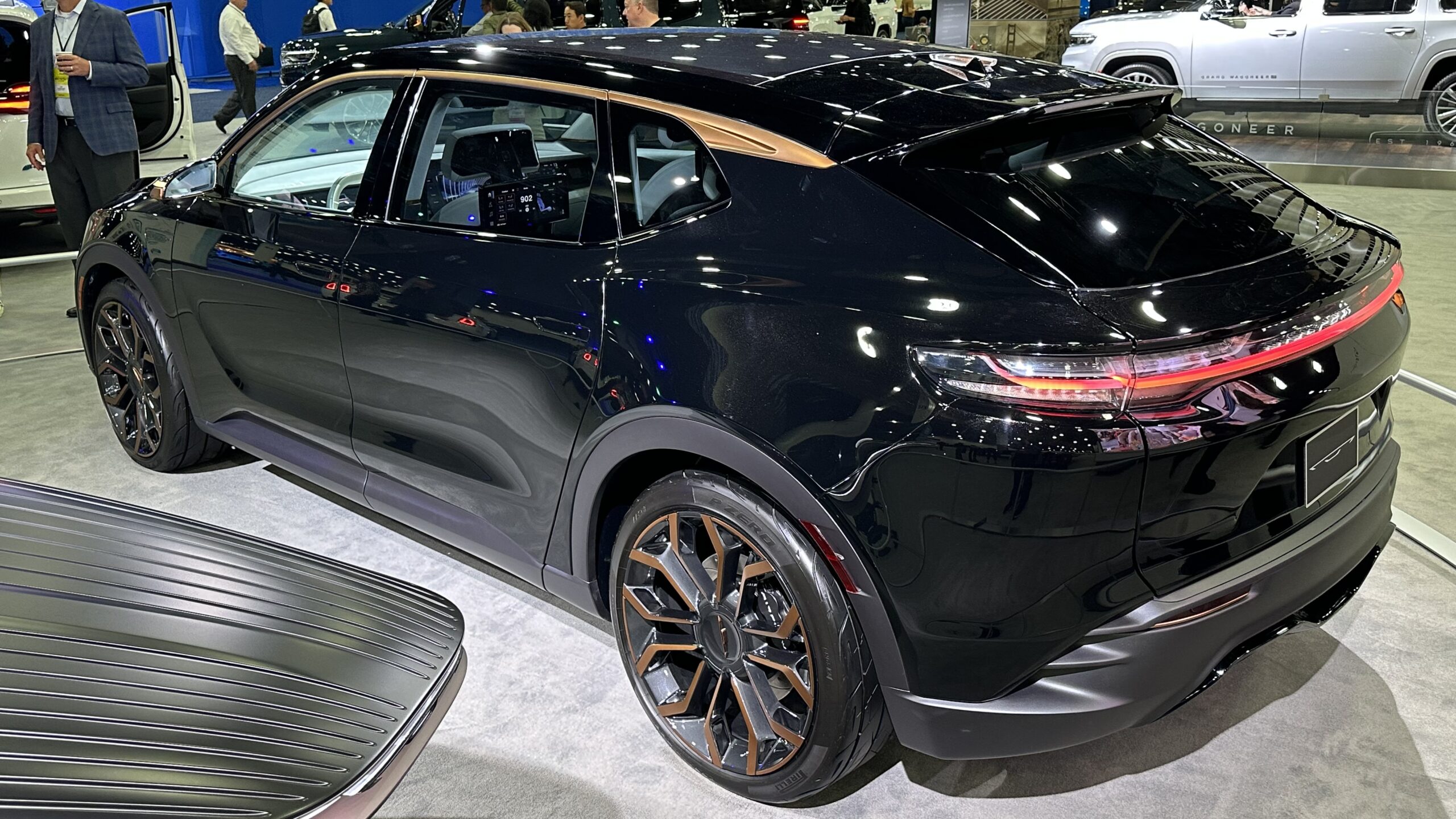
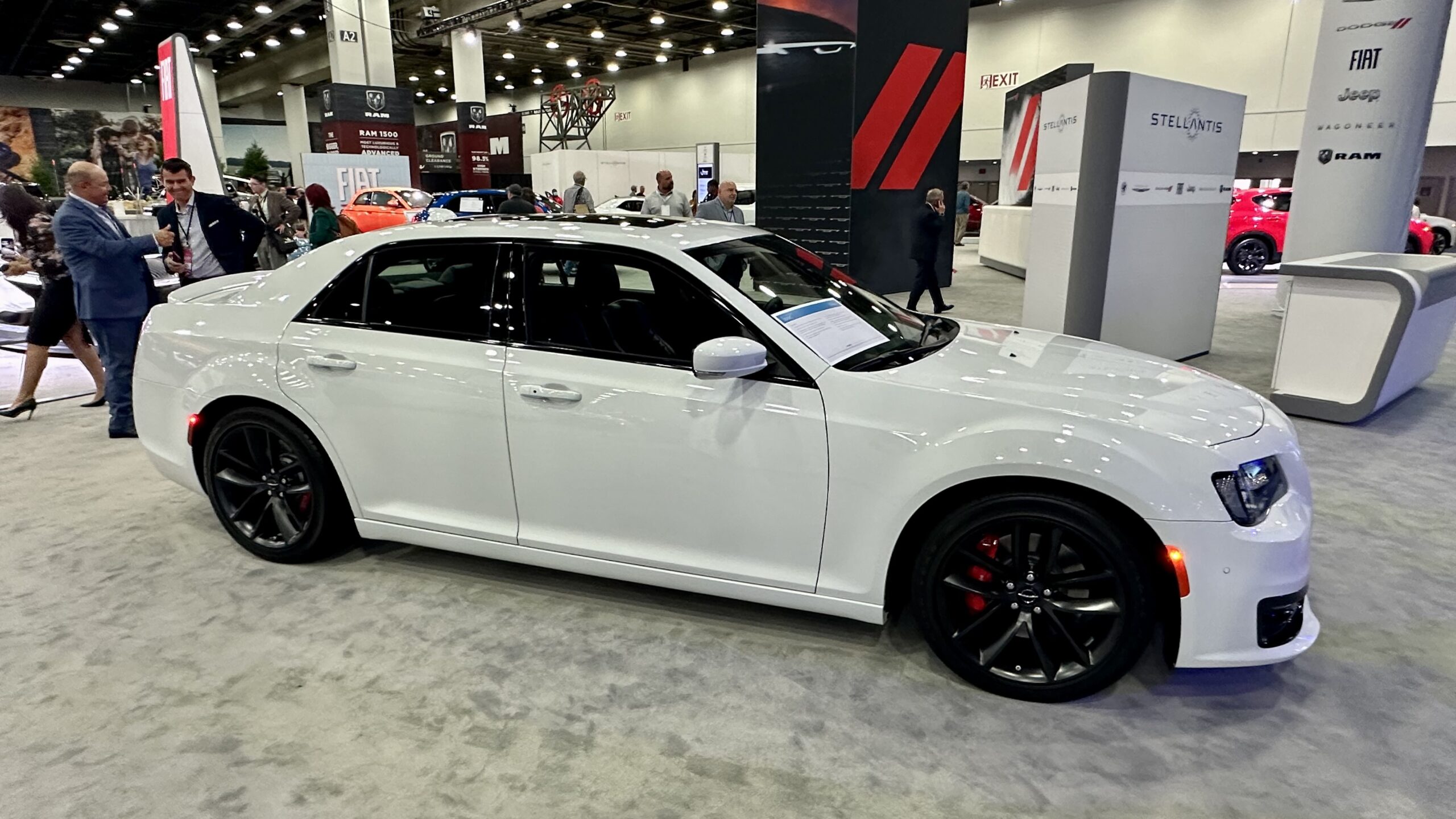
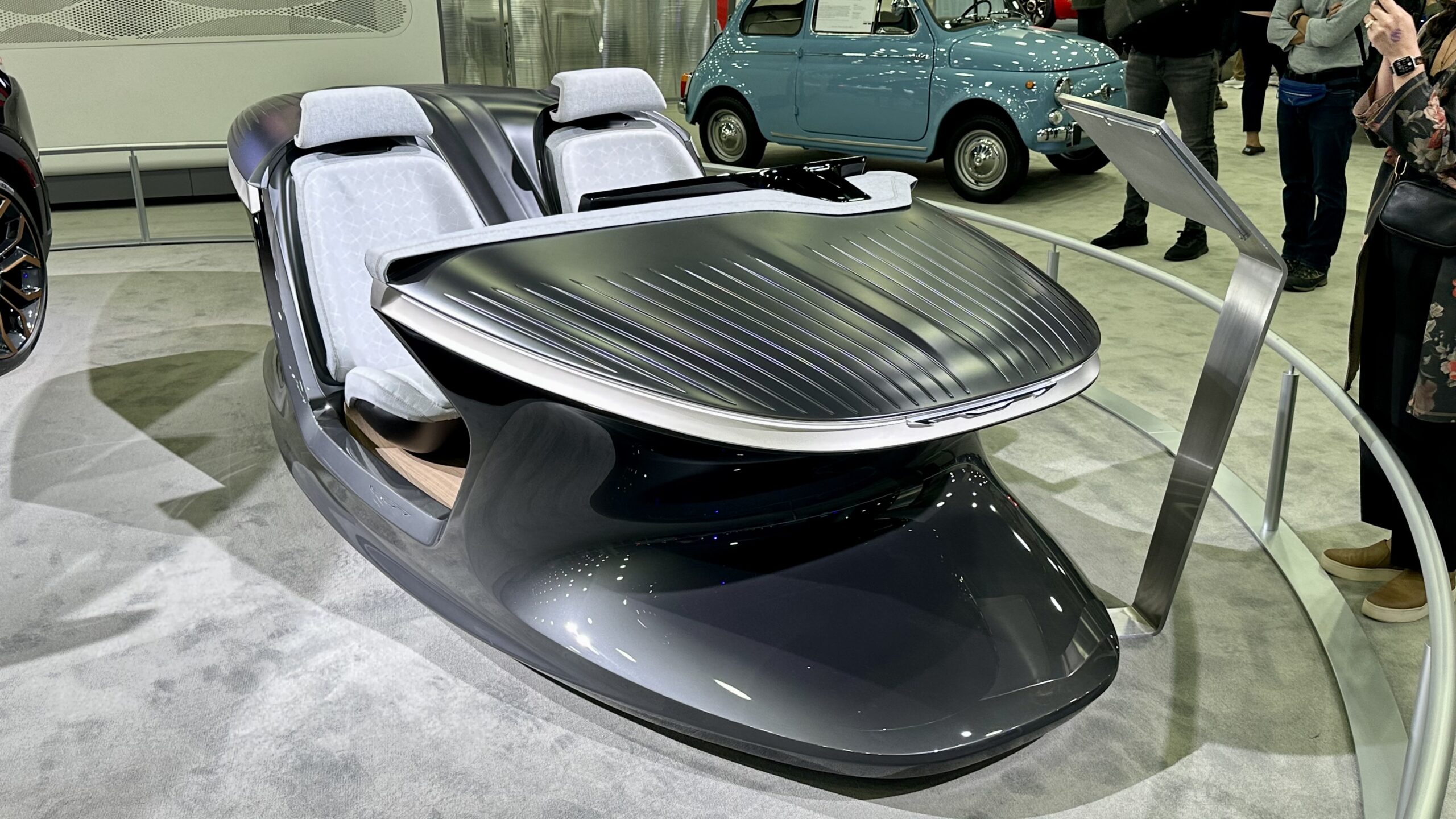

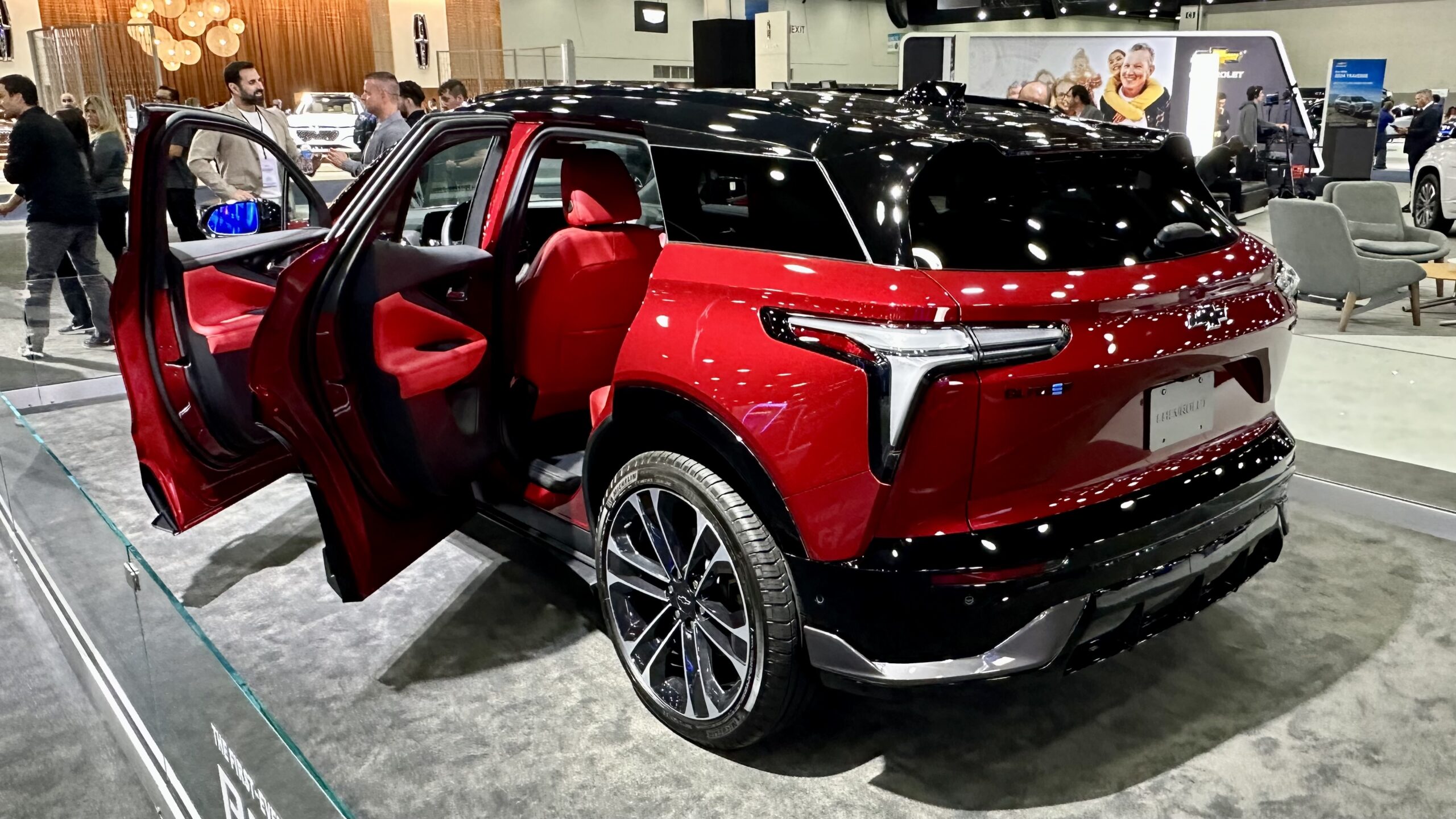
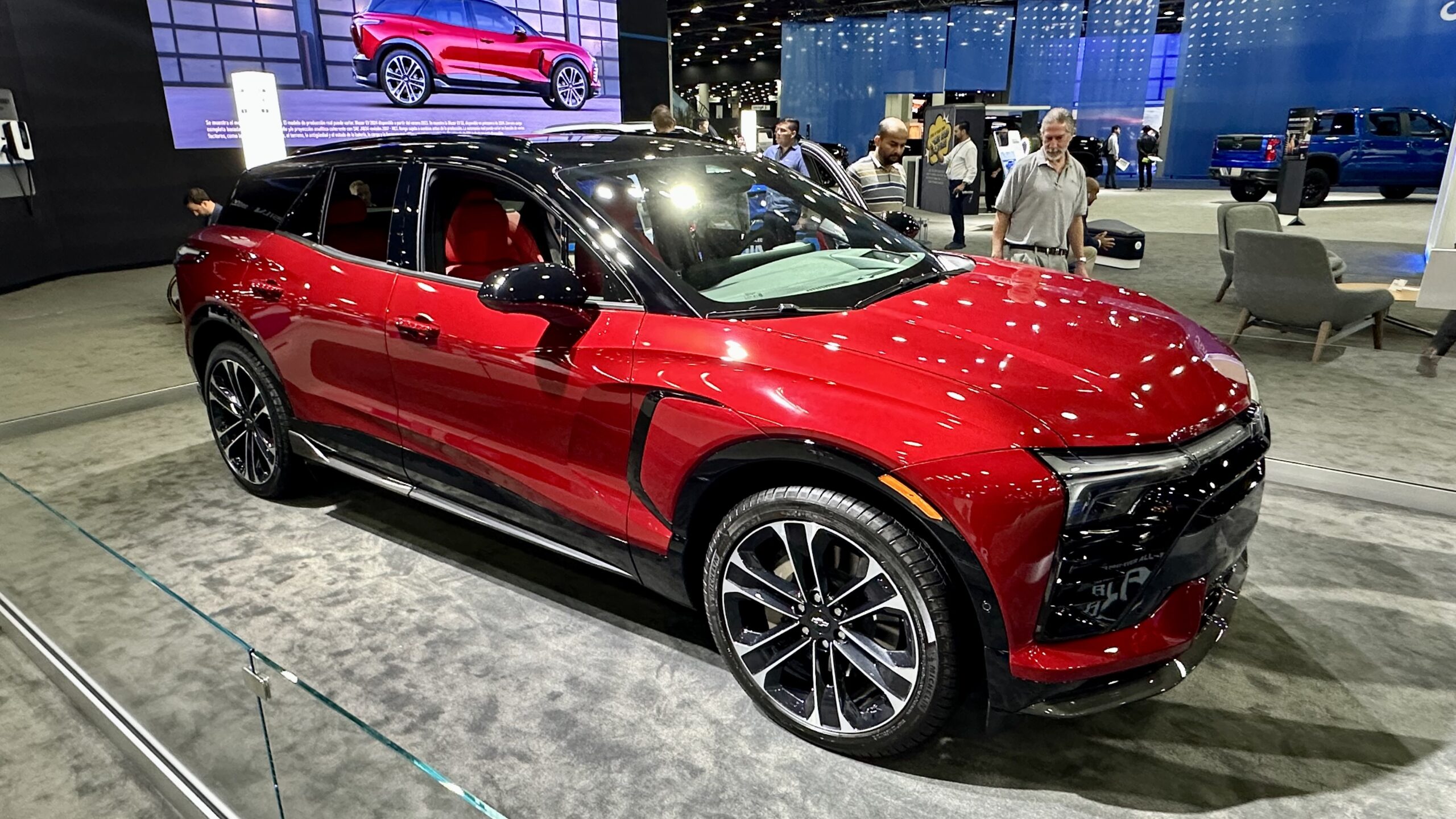
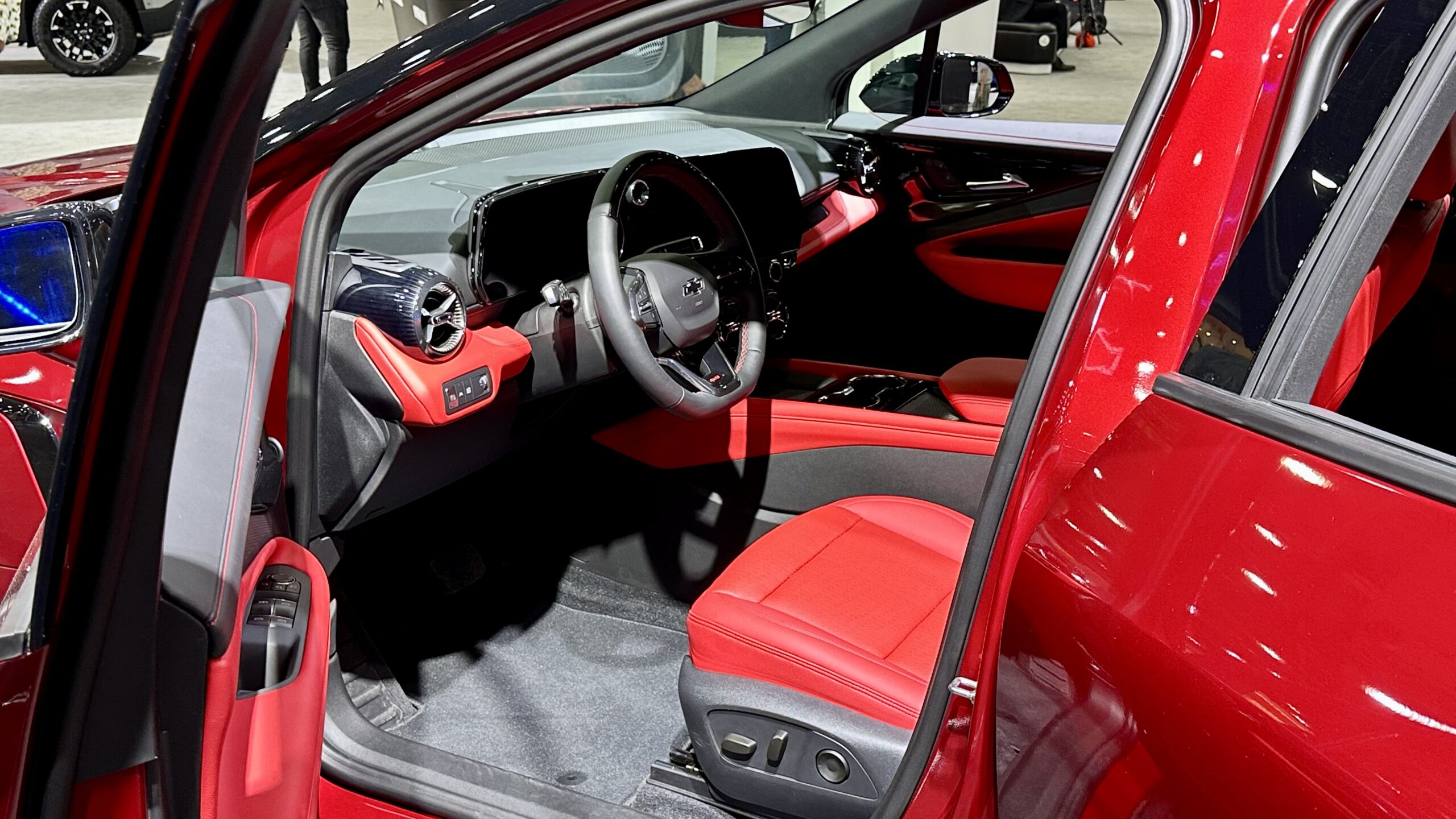
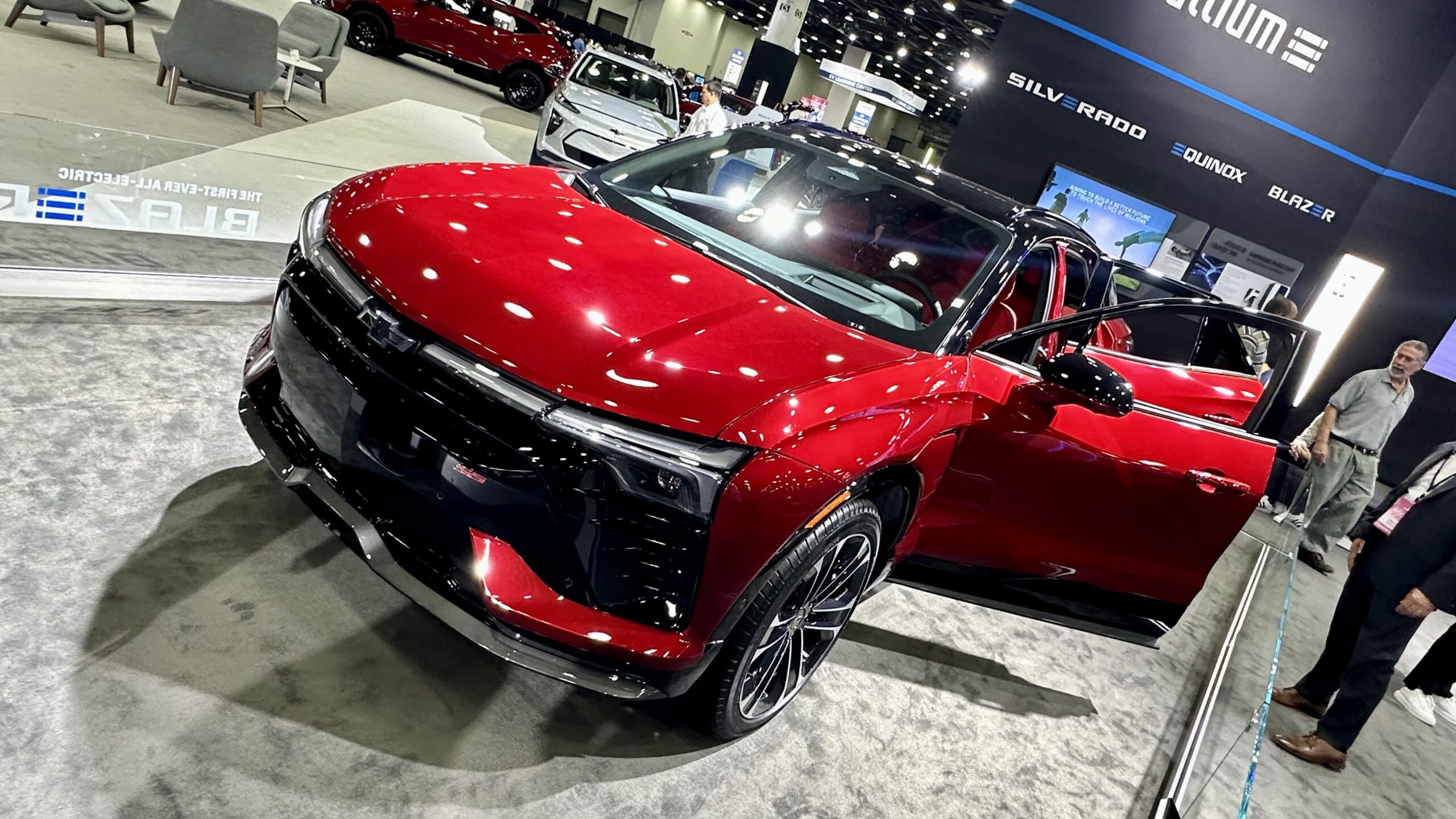

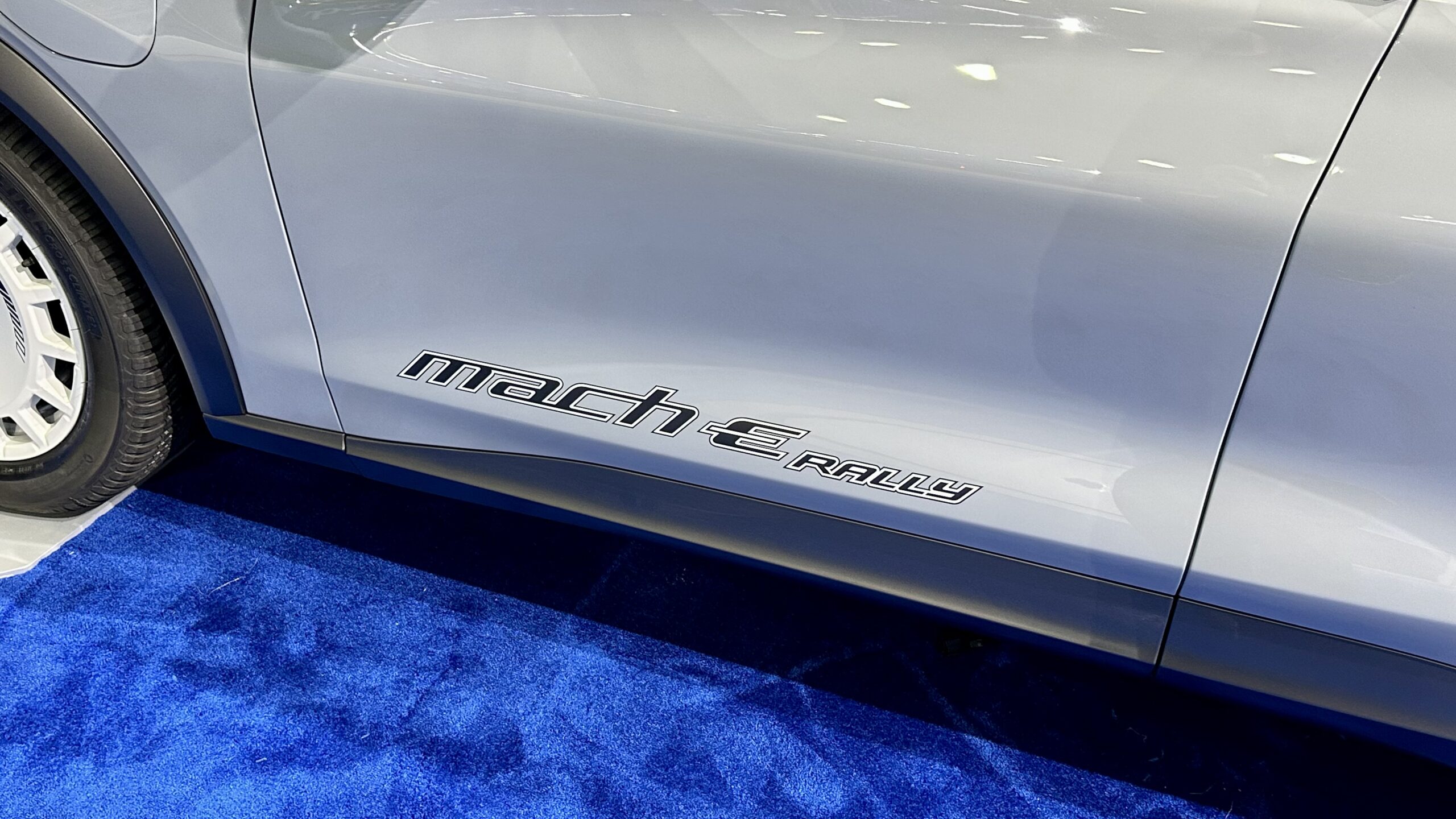

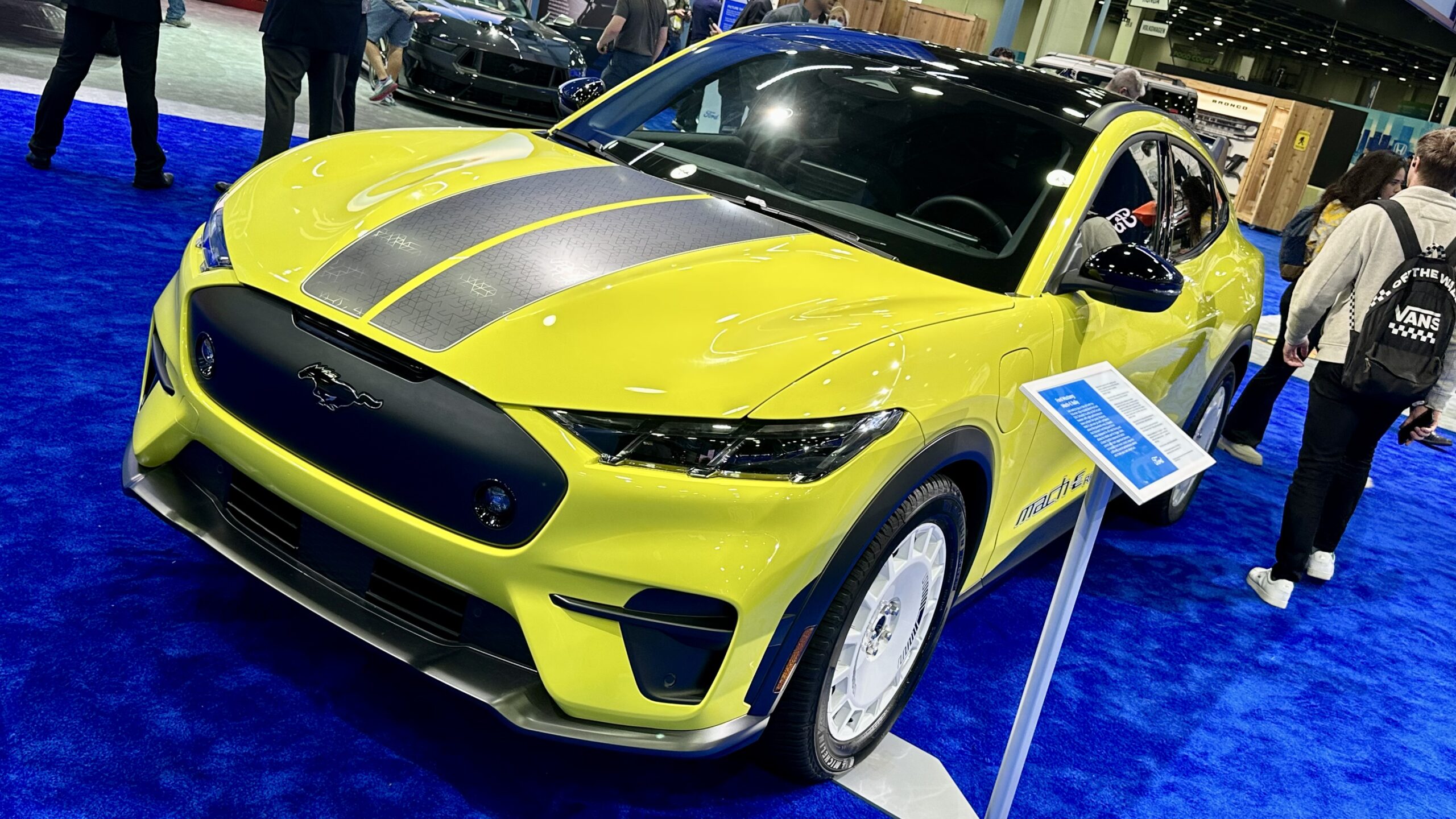
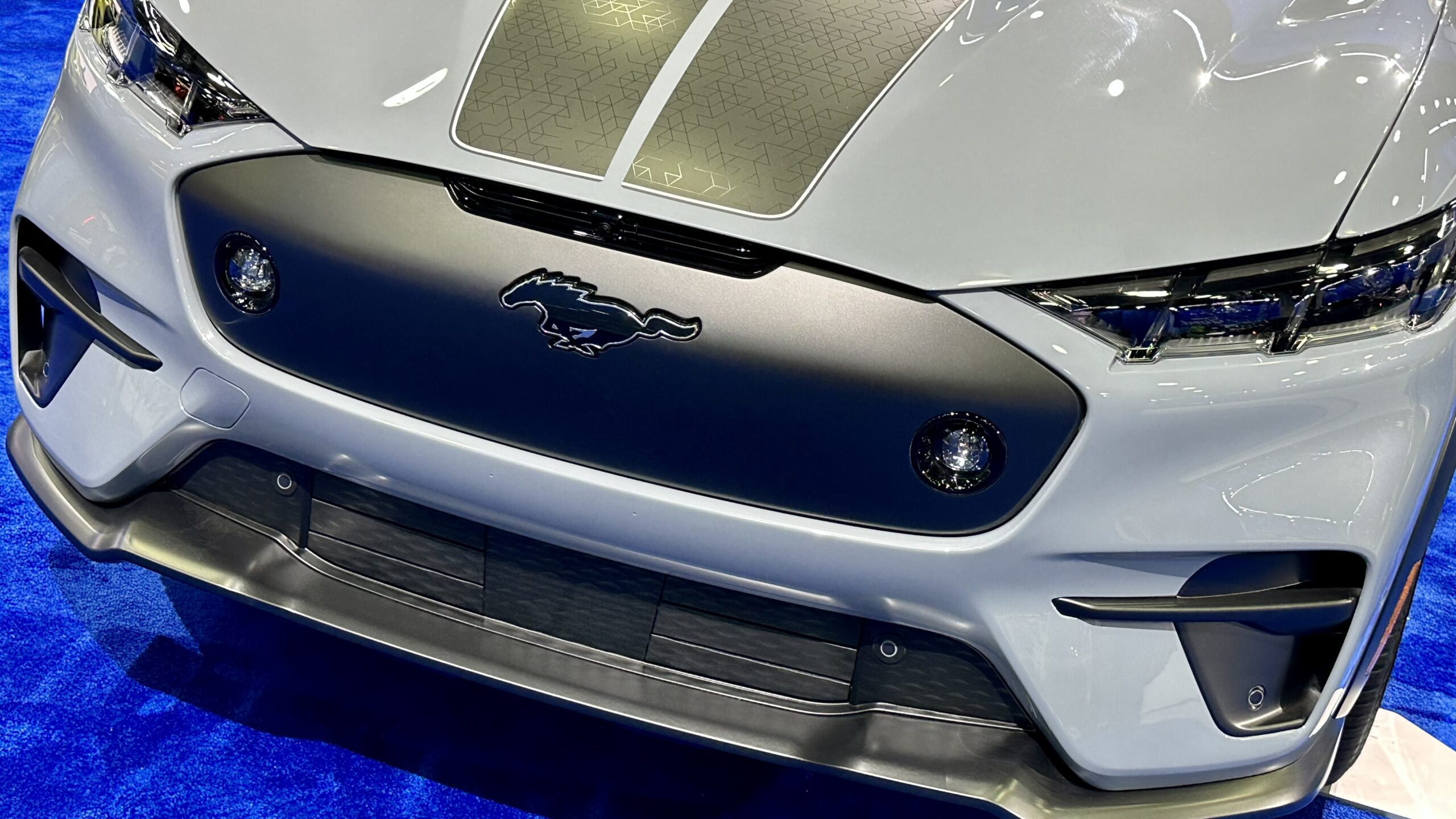
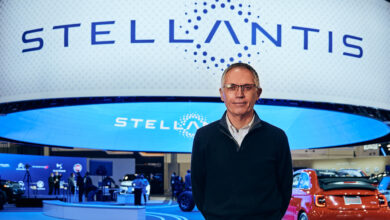
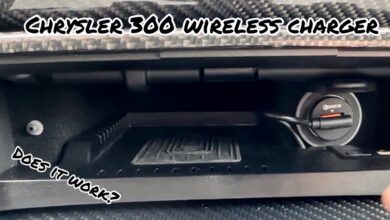
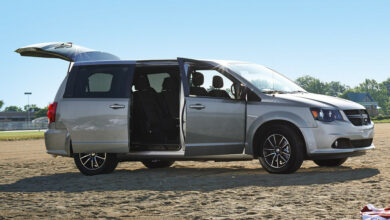
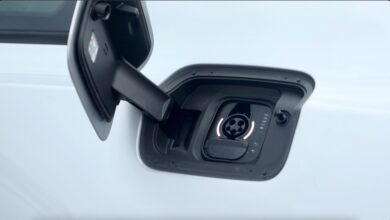
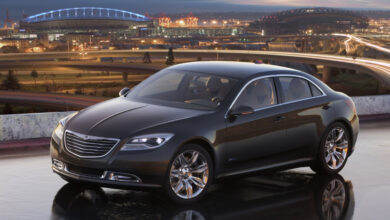
3 replies
Loading new replies...
Join the full discussion at the Mopar Insiders Forum →